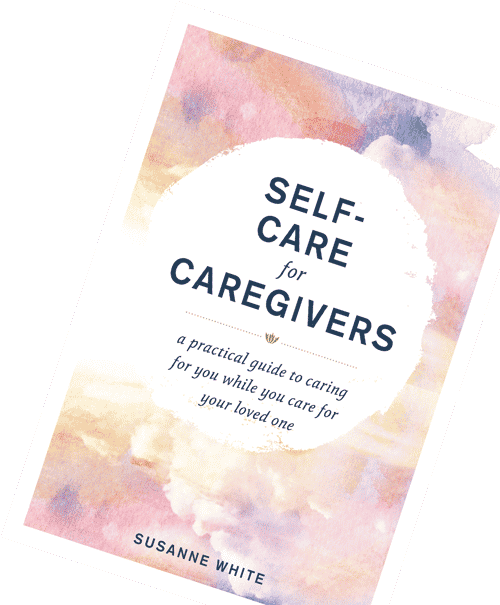NOW AVAILABLE!
Self-Care for Caregivers

This is a guest post by Jacqueline Hatch at Seniorly.  There may come a point in the caregiving experience when you are no longer able to provide the care that your aging loved ones need to thrive. This is not uncommon. Perhaps your loved one has had a fall that leads to limited mobility, making it dangerous for them to remain at home. Maybe your loved one is recovering from a surgical procedure such as hip or joint replacement, and requires a safe environment with constant care to get back on their feet. Whatever your situation, there comes a time when family caregivers turn to senior housing options to provide comprehensive care in a safe, supportive environment. Starting the search for senior housing can be daunting for caregivers and their elderly loved ones. With so many options out there, it can be difficult to know where to start. Fortunately, there are resources (both online and in person) that can help simplify the decision-making process. Prior to touring a senior housing community, it’s wise for families to investigate any complaints or citations that may have been filed against the community. This will give families a good idea of the quality of the community and how they respond to criticism. The Community Care Licensing Division of the California Department of Social Services provides this information on their website, including complaint investigation reports, citation numbers and plans of correction for various communities. Families can also find reviews of the communities they are interested in online at sites like Yelp, Facebook, and Seniorly. These reviews provide a more accurate picture of the senior home, because they are written by families who have had real-life experiences with the communities in question. While touring senior housing communities, families should also be aware of the following attributes that give insight into the quality of life provided:
There may come a point in the caregiving experience when you are no longer able to provide the care that your aging loved ones need to thrive. This is not uncommon. Perhaps your loved one has had a fall that leads to limited mobility, making it dangerous for them to remain at home. Maybe your loved one is recovering from a surgical procedure such as hip or joint replacement, and requires a safe environment with constant care to get back on their feet. Whatever your situation, there comes a time when family caregivers turn to senior housing options to provide comprehensive care in a safe, supportive environment. Starting the search for senior housing can be daunting for caregivers and their elderly loved ones. With so many options out there, it can be difficult to know where to start. Fortunately, there are resources (both online and in person) that can help simplify the decision-making process. Prior to touring a senior housing community, it’s wise for families to investigate any complaints or citations that may have been filed against the community. This will give families a good idea of the quality of the community and how they respond to criticism. The Community Care Licensing Division of the California Department of Social Services provides this information on their website, including complaint investigation reports, citation numbers and plans of correction for various communities. Families can also find reviews of the communities they are interested in online at sites like Yelp, Facebook, and Seniorly. These reviews provide a more accurate picture of the senior home, because they are written by families who have had real-life experiences with the communities in question. While touring senior housing communities, families should also be aware of the following attributes that give insight into the quality of life provided:
Making the move to senior housing is a major life decision, and as a family caregiver you want to ensure that you have all the information your family needs to make an informed choice based on your loved one’s lifestyle and care needs. You want to find a home where they will have all the opportunities to live a vibrant life as they age, surrounded by a supportive community of peers. To learn more about senior housing options, visit Seniorly
Jacqueline is the Content Manager at Seniorly.com, a free resource for seniors and their caregivers. With an account on Seniorly, families can gain access to hundreds of senior housing options online. They can also find information about pricing, availability, community reviews, and even view photos, videos and virtual tours. Because we all deserve to find a home where we will be happy and engaged as we age!

Become a Caregiver Warrior to receive my complimentary e-book. Bonus: get inspirational updates, useful information, and exclusive caregiving tips delivered directly to your inbox.
0 Comments